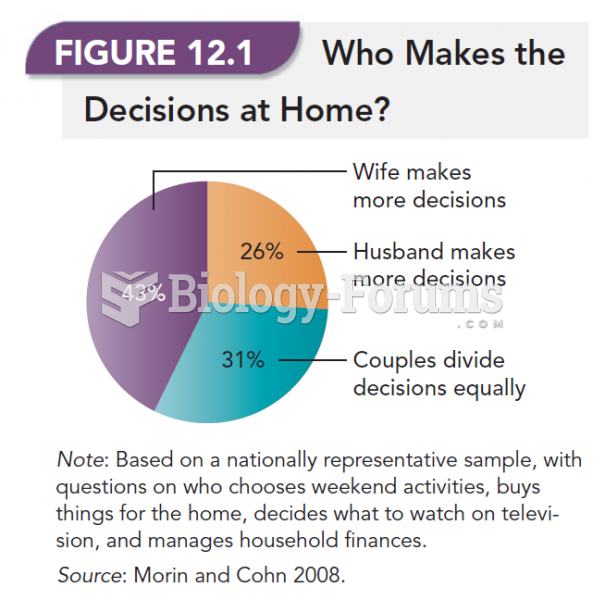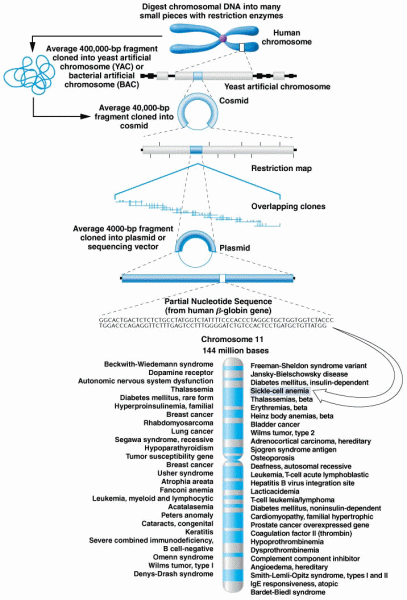Answer to Question 1
ANS: A
Having one staff person for every two or three residents who need feeding assistance would allow the resident 20 to 30 minutes with the staff and such an intervention creates a marked improvement in the individual client's nutritional status. It is true that the incidence of eating disability in long-term care is high with estimates that 50 of all residents cannot eat independently, but this option does not provide the focused information needed to determine an appropriate intervention. While eating in a community setting may have an impact on socialization and minimize social isolation, there is not proof to confirm it has a positive effect on nutrition. Research has shown that inadequate staffing in long-term care facilities is associated with poor nutrition and hydration with 50 of residents significantly increasing their oral food and fluid intake during mealtime when they received one-on-one feeding assistance.
Answer to Question 2
ANS: A
It remains unclear whether overweight and obesity are predictors of mortality in older adults and concerns have been raised about encouraging apparently overweight older people to lose weight. In what has been termed the obesity paradox for people who have survived to age 70, mortality risk is lowest in those with a BMI classified as overweight. Overweight older people are not at greater mortality risk, and there is little evidence that dieting in this age group confers any benefit. Ideal weight and weight loss are issues that do not appear to have the same degree of importance for the older adult as they do for the rest of the population. The nurse is capable of discussing such issues with the client and needs to refer to a nutritionist only when more specific information is needed.







